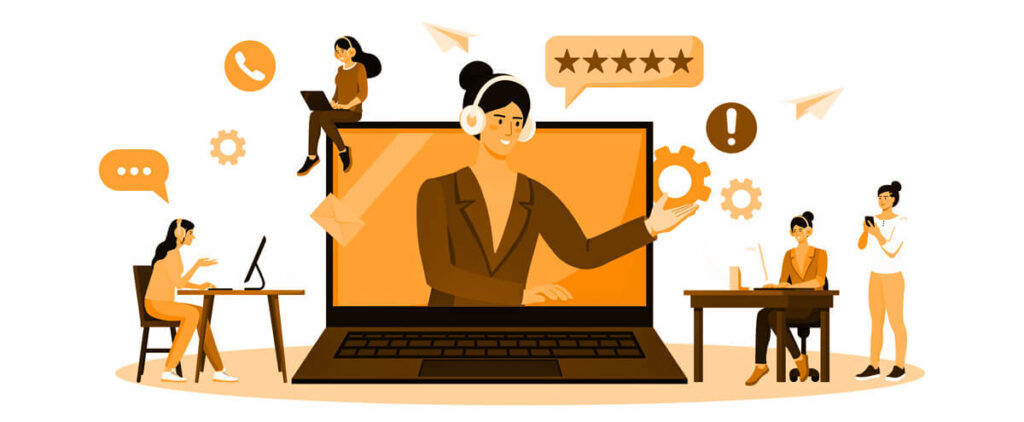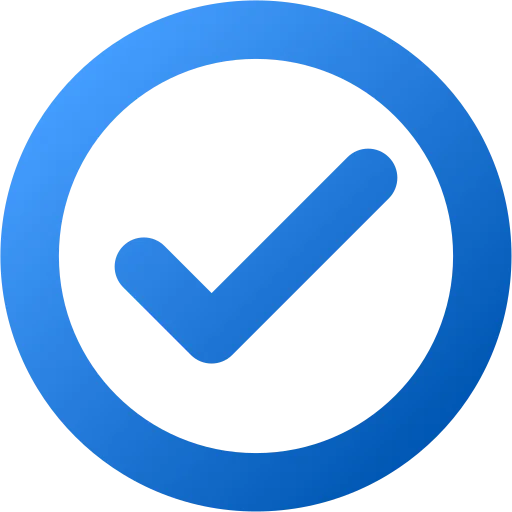Despite the rise of email, social media, and messaging apps, one truth remains: people are still connected to their phones 24/7. And while texting feels more natural in today’s fast-paced world, a well-timed phone call still grabs attention, often more than any email ever could.
Yet, too many salespeople hesitate to dial. Jeb Blount, CEO of Sales Gravy, emphasizes that relying on email as your first, or only, touchpoint is a major mistake in modern prospecting. According to him, “sales reps who avoid phone calls are leaving real conversations, and real conversions, on the table.”
It’s easy to fall into the trap of assuming no one answers unknown numbers anymore. You’ve probably said it yourself: “Just text me.” That mindset has become the norm in both personal and business communication.
So, does that mean we should stop calling prospects altogether?
Absolutely not. In fact, phone calls play a vital role in a well-structured B2B sales cadence, especially when layered with smart follow-up emails and other channels. Even voicemails can deliver powerful storytelling that written messages simply can’t match.
Sales cadence best practices still support multichannel outreach, but make no mistake: if you’re skipping the phone, you’re skipping a key driver of engagement and trust.
Sales Cadence Best Practices: Why You Should Always Dial First
Table of Contents
The issue with commencing your sales cadences with email

The most common error we find is salespeople utilizing email as their initial point of contact – and a terrible email at that.
It’s much worse if you’re attempting to create an email sequence to send to a list of cold prospects. It’s no surprise that your emails are marked as spam because there’s no established history, brand recognition, or personal relationship there.
In fact, following sales cadence best practices often recommends a multi-channel approach that may include a well-timed phone call after an initial email to increase engagement.
We want you to keep in mind that email is marketing, not prospecting. Your employer doesn’t need you if you can sell your product through email. And in marketing term, we call it sales qualified leads.
Always dial first
Instead of creating intricate email sequences to send to leads who have never heard of you, call them first. This approach directly addresses how to generate leads without cold calling.
It’s fast, it’s easy, and it’s human. And will help to increase the success rates of appointment setting.
Even if you have to leave a voicemail, your voice and inflection are attached to your message, which is powerful.
If you phone first, you’re more likely to have a personal encounter, which may take weeks or months if you solely send emails.
If you follow the rule of thumb and begin every sales cycle with a phone call, some of the prospects you spoke with will exit your sequence and enter the next funnel. You may move them ahead on the board with little time and effort.
But, nowadays, nobody really answers the phone – or do they?
People will tell you that they do not answer calls from unknown numbers or listen to voicemail. But, using this as an excuse not to call your prospects is “a total excuse” used by those who are terrified of having discussions with other people.
However, phone outreach can still be a valuable tool in your lead generation strategy. By strategically incorporating phone calls into your approach, you can effectively generate leads for B2B sales.
Some individuals respond. And, especially if you’re dealing with high-ticket sales and highly focused prospects, a few is all you need.
To summarize, no one answers a phone that does not ring. Because they now have phones tied to them 24/7, more individuals are answering today than they were 20 years ago. And if you don’t try, you’ll never know.
Even so, most calls will go to voicemail — but that doesn’t mean you should give up. It is your responsibility to take the time to leave a good impression! According to a Pew Research poll, 67% will not answer the phone if they don’t recognize the number, but they will listen to the voicemail afterwards.
Leaving a voicemail indicates that your call is essential to the recipient. You’re expressing “I genuinely want to talk to you,” rather than just hanging up with no indication of who you are. Voicemails, at least the meaningful ones, boost your chances of getting a callback.
Must Read: Improve Sales by Focusing on the Customer Experience
Multichannel sequencing begins following a phone conversation
There must be some level of familiarity (brand awareness) before you take the time to compose an email. You have a stronger chance of getting the email opened if the prospect has previously seen your name or organization on the caller ID or, better yet, heard your voice. Make sure you’ve answered the phone and/or left a voicemail.
This aligns with sales cadence best practices, which emphasize building rapport before diving into detailed emails.
Understanding how to shorten the B2B sales cycle often begins with establishing early, multi-channel touchpoints that build familiarity and trust.
It’s time to start the remainder of your sales cycle as soon as you’ve engaged with the prospect over the phone.
Choose a time range (usually 14 to 21 days) and test different channels (social, email, phone, etc.) to confirm you’ve found the prospect’s preferred means of communication. LinkedIn marketing also holds the great success rate in terms of generating B2B leads.
You’ll map out each person’s individual path to a completed sale, touchpoint by touchpoint.
Email is one of the channels available. However, not everyone will receive the same email. Pay attention to your buyer’s stage and tailor your communication accordingly.
There are three sorts of emails:
Bulk:
From the consumer side, we’re used to seeing these one-to-many marketing, B2B list-building. Inbound sales setups are where they’re most valuable.
Understanding the dynamics of inbound vs outbound sales can help determine where list-building efforts will yield the highest ROI.
Semi Customized:
When you have a large number of warm leads and little time to investigate them, you make your best guess at their pain spots and choose this semi-personalized choice.
Customized:
These are for your fantasy accounts only. You have to be personal with your communication when you can be super-targeted and have several stakeholders in a single account.
Understanding the B2B sales funnel helps in aligning your messaging with each stage of the buyer’s journey, especially when targeting such complex accounts.
Before you start writing, figure out what kind of email you’re going to send. Otherwise, the reader would lose interest due to your lack of purpose.
The ultimate follow-up email recipe
The next critical step is to get an email correctly. It’s also another area where things might go wrong if you’re not attentive. On the other hand, we have a formula for you to follow. A superb follow-up email has four parts:
Hook:
This is your first sentence and subject line. It has to be about the prospect, not your business. To get their attention, use facts about people in similar roles or firms in their field.
Relate Statement:
Continue to focus on the prospect’s experience rather than your offer in your main body paragraph.
Bridge:
This is where you may offer a quick answer to their issue.
Ask:
You’ll want to ask for one simple action: an email reply, a call, a survey response, etc. Instead of expecting the reader to do the effort, we recommend including a few specified free time periods within the email if you wish to add a calendar link.
To get the most out of your email, keep it to 150-250 words and choose each word with care. When you take the time to personalize an email, you’re signaling to the receiver that you’ll look after their account after they become a client.
Trust on the strength of human contact.
If you didn’t believe us when we said cold calling still exists in an age of text and email, you will after hearing our firm counsel.
When evaluating cold calling vs cold emailing, it’s clear that the personal touch of a call often builds more trust than a mass email. Individuals trust other people more than scripted emails sent to hundreds or thousands of recipients. They do not want to be treated like a number.
Using a rinse-and-repeat method will not provide results. You’re in sales because you’re passionate about people, and not everyone is the same.
Must Read: 5 Steps for a Successful Business to Business Sales
To Conclude:
Rather than becoming a spam machine, get the bravery to pick up the phone. Incorporating phone calls into your outreach is a core tenet of sales cadence best practices. This personalized approach helps you find and qualify sales-ready leads by engaging them directly.
If you want to have any chance of establishing a consistent sales cadence, give your prospects personal attention.

Vikas Bhatt is the Co-Founder of ONLY B2B, a premium B2B lead generation company that specializes in helping businesses achieve their growth objectives through targeted marketing & sales campaigns. With 10+ years of experience in the industry, Vikas has a deep understanding of the challenges faced by businesses today and has developed a unique approach to lead generation that has helped clients across a range of industries around the globe. As a thought leader in the B2B marketing community, ONLY B2B specializes in demand generation, content syndication, database services and more.





